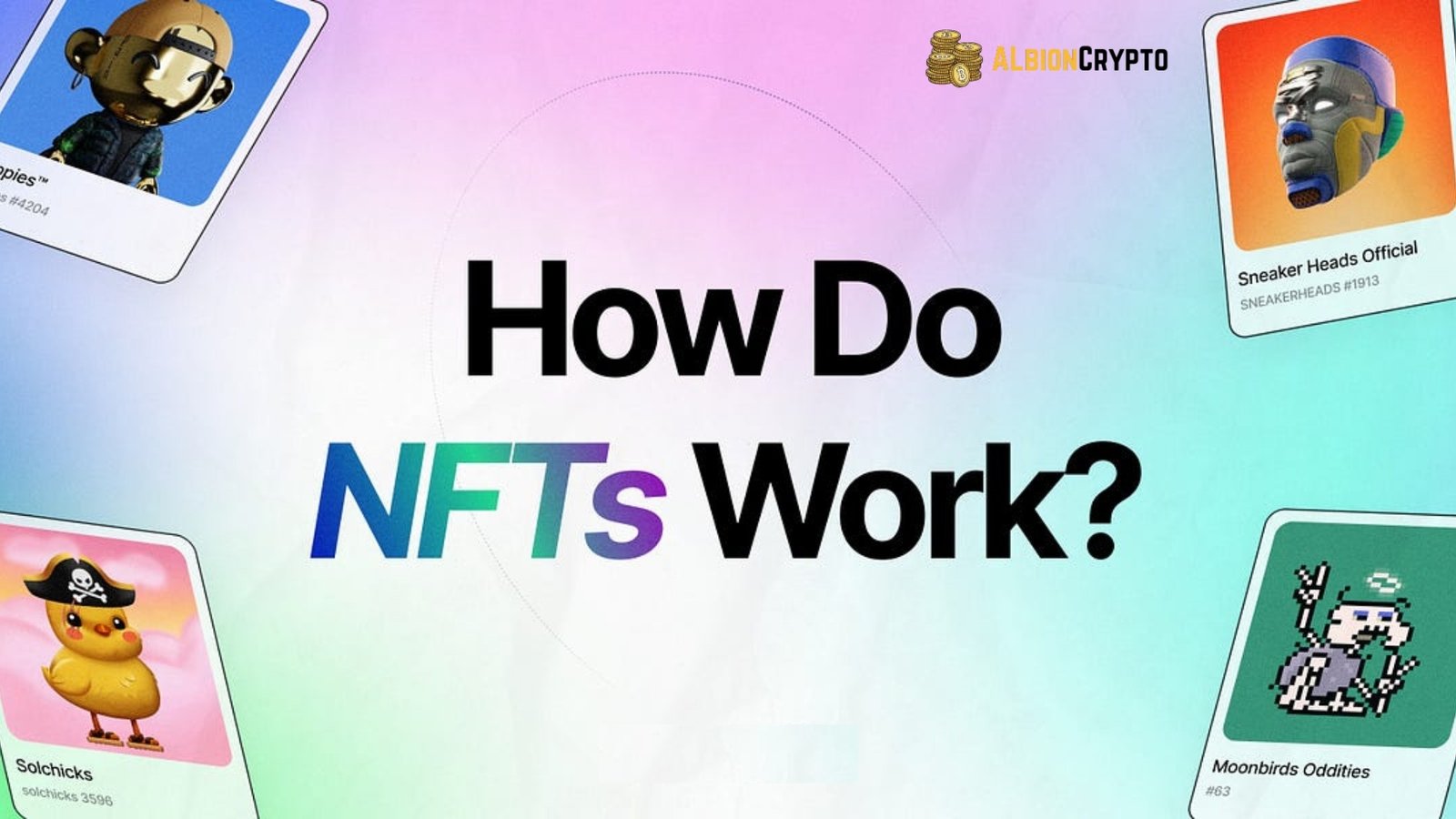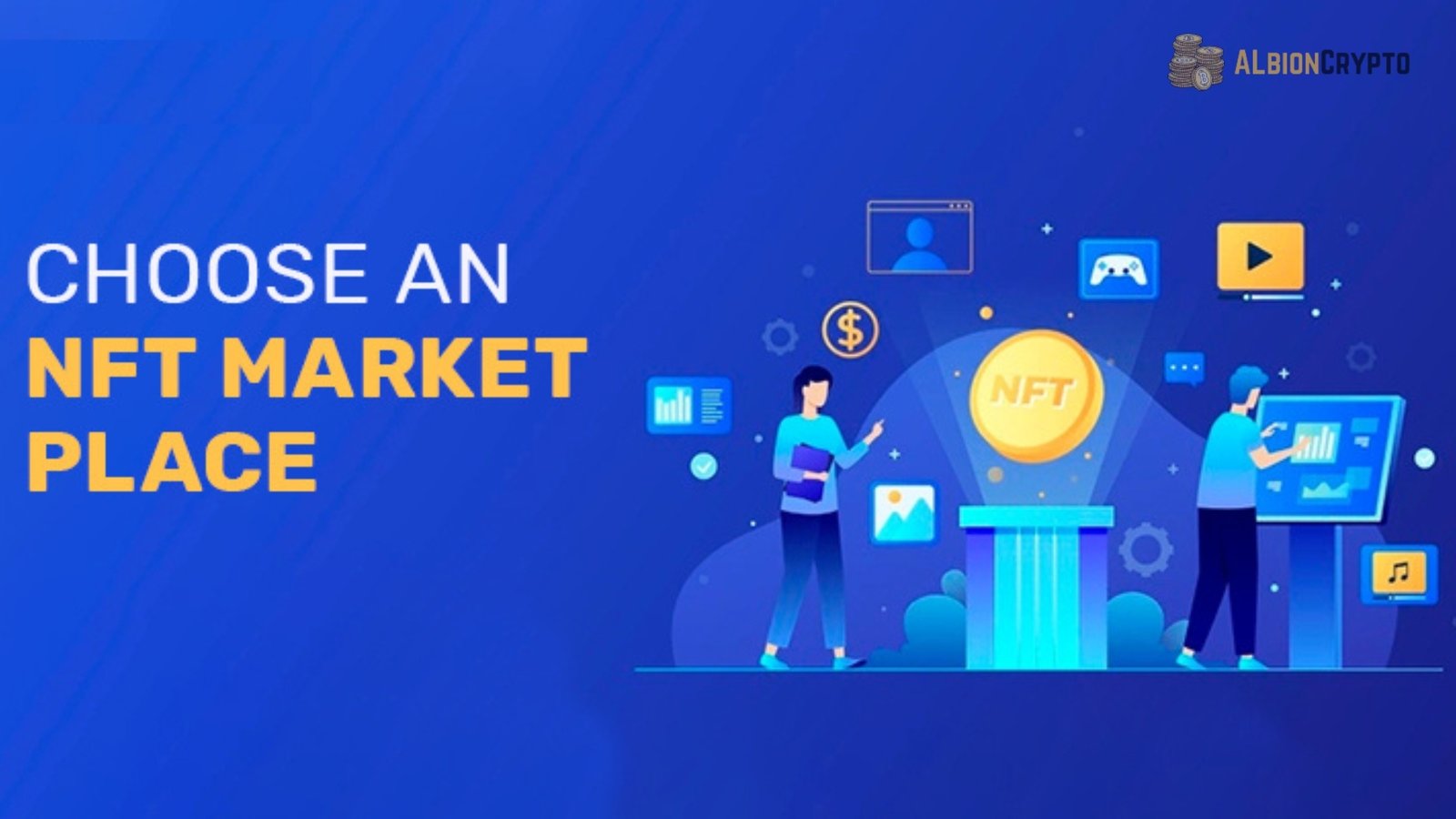Non-fungible tokens (NFTs) have revolutionised the way we perceive art, collectables, and ownership in the digital era. Whether you are an artist, musician, or creator, NFTs offer a way to tokenise your work, allowing it to be bought, sold, and traded in a decentralised marketplace. One of the most appealing aspects of NFTs is that, in many cases, they can be created for free. This comprehensive guide will explore how to create an NFT for free, covering everything from choosing the right platform to the step-by-step process of minting your first NFT. Whether you’re new to NFTs or looking to explore new opportunities, this article will help you navigate the process.
An NFT, or Non-Fungible Token, is a unique digital asset verified on a blockchain, making it distinct from all others. Unlike cryptocurrencies like Bitcoin or Ethereum, which are fungible (meaning they are interchangeable with one another), NFTs are one-of-a-kind or part of a limited series. NFTs can represent a wide range of digital or physical items, including artwork, music, videos, virtual real estate, and even tweets.
The value of an NFT is determined by its rarity, utility, and demand. While NFTs first gained popularity in the art and gaming industries, they have since expanded into multiple sectors, offering creators a new way to monetise their content.
How Do NFTs Work?
NFTs are built using blockchain technology, typically on Ethereum; however, other networks, such as Binance Smart Chain, Polygon, and Tezos, also support NFTs. The underlying blockchain provides proof of ownership and scarcity. When someone buys an NFT, they aren’t purchasing the digital file itself but the ownership rights verified by the blockchain.

Minting an NFT turns a digital file into a digital asset on the blockchain. Once an NFT is minted, it can be bought, sold, or traded on various NFT marketplaces. Now, let’s dive into how you can create an NFT for free.
Steps to Create an NFT for Free
Choose the Right Blockchain
The first step in creating an NFT is selecting the blockchain on which your NFT will reside. Ethereum is the most popular blockchain for NFTs, but it’s also known for its high gas fees (transaction costs). To create an NFT for free, you’ll want to explore blockchain networks with lower or no fees, such as:
- Polygon (Layer 2 on Ethereum): Polygon offers a fast and low-cost alternative to Ethereum. Many NFT platforms now support minting on Polygon, allowing you to avoid gas fees altogether.
- Tezos: Known for its eco-friendly approach, Tezos offers minimal fees and is widely used by artists and creators to mint non-fungible tokens (NFTs).
- Flow is optimised for creating NFTs, particularly in the gaming and entertainment sectors. Flow also has lower transaction fees than Ethereum.
- Binance Smart Chain (BSC): BSC offers lower transaction fees and supports NFT minting, making it an alternative to Ethereum.
Choosing the right blockchain is essential because once your NFT is minted, it will remain on it. Each blockchain has its ecosystem, and your chosen platform will influence where your NFT can be sold and traded.
Choose an NFT Marketplace
Once you’ve selected your blockchain, you must choose an NFT marketplace that supports free or gasless minting. Here are some of the most popular platforms for creating NFTs for free:
- OpenSea: The world’s largest NFT marketplace, OpenSea supports both Ethereum and Polygon. You can mint NFTs on OpenSea using the Polygon network without paying gas fees.
- Rarible: Another popular marketplace, Rarible, supports Ethereum and Flow. It also offers “lazy minting,” which allows you to create NFTs without incurring upfront costs until they are sold. Mintable offers two options for creators: paid minting (on Ethereum) and gasless minting (on Ethereum or Zilliqa).
- Hic et Nunc: This Tezos-based platform is recognised for its eco-friendly approach and low transaction fees, making it an ideal choice for creating
- Viva Italia is on the Flow blockchain, VIV3 enables creators to mint NFTs at lower costs compared to Ethereum.
Create a Digital Wallet
You’ll need a digital wallet to store cryptocurrencies and mint an NFT. Wallets also allow you to connect to NFT marketplaces and manage your digital assets. Some popular wallets include:
- MetaMask: A widely used browser-based wallet that supports Ethereum and Polygon. MetaMask also has mobile apps for Android and iOS.
- Trust Wallet: A mobile wallet that supports multiple blockchains, including Binance Smart Chain, Ethereum, and more.
- Temple Wallet: Specifically designed for the Tezos blockchain, Temple Wallet is a secure option for creating NFTs on the Tezos network.
- Blocto: A Flow blockchain wallet that integrates seamlessly with Flow-based NFT platforms.
Once you have your wallet set up, ensure it’s funded with some cryptocurrency if needed (though some platforms allow free minting without requiring funds).
Mint Your NFT
Once your wallet is ready and you’ve selected your marketplace, you’re set to mint your first NFT! Here’s a general step-by-step process, though it may vary slightly depending on the platform.
- Connect Your Wallet: Navigate to your chosen NFT marketplace and connect your digital wallet. You’ll usually find a “Connect Wallet” button at the top of the website.
- Create Your Collection: Many marketplaces allow you to create a collection of NFTs. A collection is a group of NFTs under one banner, which helps organise your creations. You can skip this step if you’re minting a single NFT.
- Upload Your Digital File: Next, upload the digital file you want to turn into an NFT. This could be an image (JPEG, PNG), audio file (MP3), video (MP4), or any other supported media format.
- Add Metadata: NFTs contain metadata that describes the asset. This includes the title, description, and properties (e.g., dimensions, file size). You can also add unlockable content, such as high-resolution files or bonus materials, that is only revealed to the buyer.
- Choose Minting Options: On platforms like OpenSea and Rarible, you can opt for “lazy minting,” where you don’t pay any gas fees upfront. The buyer covers the costs when the NFT is sold, allowing you to mint for free.
- Set the Price or Auction: Finally, you can decide how to sell your NFT. You can set a fixed price, start an auction, or leave it open for offers.
Promote and Sell Your NFT
Once your NFT is minted, it’s time to share it with the world. Promoting your NFT is crucial to gaining visibility and attracting potential buyers. Here are a few ways to encourage your NFT:
- Social Media: Share your NFT on Twitter, Instagram, and TikTok. The NFT community is particularly active on Twitter, where artists and collectors frequently engage with each other.
- NFT Communities: Join NFT communities on Discord, Reddit, and Clubhouse to network with other creators and collectors. Engaging with these communities can increase the visibility of your work.
- Collaborations: Partner with other NFT creators to release collaborative projects, which can attract more attention to your work.
- Press and Blogs: Reach out to NFT blogs or publications for potential features or interviews.
Gasless Minting: A Closer Look
Gas fees are one of the most significant barriers to entry in the NFT space, especially on Ethereum. However, platforms have developed ways to minimise or eliminate gas fees through lazy minting and gasless transactions. Here’s a closer look at these methods:
- Lazy Minting: Instead of minting the NFT upfront, lazy minting postpones the minting process until the NFT is purchased. This allows you to avoid paying gas fees unless your NFT sells.
- Gasless Transactions on Layer 2: By utilising Layer 2 solutions like Polygon, you can mint NFTs without paying gas fees. OpenSea, for instance, allows creators to mint on Polygon with zero gas fees.
- Tezos and Eco-Friendly Minting: Platforms like Hic et Nunc on the Tezos blockchain have made minting extremely affordable, with minimal transaction fees, and more eco-friendly than Ethereum’s proof-of-work system.
Conclusion
Creating NFTs for free has become more accessible than ever before. With the rise of alternative blockchains, Layer 2 solutions, and innovative platforms, artists and creators can now enter the NFT space without the previously existing financial barriers. Whether you’re minting your first NFT on OpenSea using Polygon or exploring Tezos-based platforms, the tools are in place for a more inclusive NFT ecosystem.
As the NFT space evolves, new opportunities and platforms offer even more ways to create, sell, and trade digital assets with little to no cost. Following the steps outlined in this guide, you can mint NFTs for free and begin your journey into the exciting world of digital ownership.
FAQs
1. What is an NFT?
An NFT (Non-Fungible Token) is a unique digital asset verified on a blockchain, making it distinct and not interchangeable.
2. Can I create an NFT for free?
Yes, by using platforms that support gasless or lazy minting, such as OpenSea (Polygon), Rarible, or Hic et Nunc (Tezos).
3. What do I need to start creating NFTs?
You will need a digital wallet (such as MetaMask or Trust Wallet), a supported marketplace, and your digital file (e.g., art, music).
4. Which blockchains support free NFT minting?
Blockchains like Polygon, Tezos, Flow, and Binance Smart Chain offer lower or no gas fees for NFT creation.
5. How can I sell and promote my NFT?
You can list it on NFT marketplaces and promote via social media, online communities, collaborations, and blogs.


